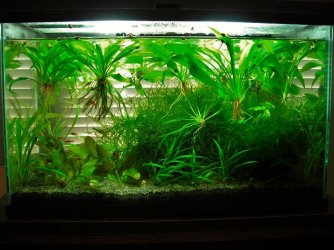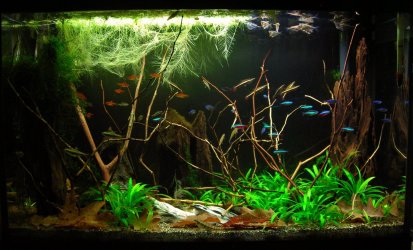I would. It really is much easier to maintain a tank of fish that are suited to your source water, than fussing over adjusting water parameters at every water change. And with soft/very soft water, there are many options in small fish, often termed "nano" species. The pygmy cories, Ember Tetra, dwarf rasboraras in Boraras, pencilfish, hatchetfish...not every species in the latter two groups but some are suited to a 24-inch 15g tank. All of these species I just mentioned are not active swimmers but cruisers, and they suit smaller spaces for that reason.
Just to illustrate what is possible, the photos below show my 10g tank as it was in August 2010 when I had it set up as an experiment; no filter, no light, just a heater. There was a group of pygmy cories, 11 I think (not visible in this photo) and a group of 12 or 13 dwarf rasbora (Boraras brigittae). I could have had more fish, another shoaling species of nano fish. The second photo is my 29g in December 2015; although this tank is 6 inches longer than the 24-inch 15g, it still shows how many of these small quiet fish can work in a fairly small space. There are Carnegiella sp. hatchetfish, two pencilfish species, a group of Ember Tetras, a group of false/green neons...any of these species would work in a planted 15g with soft water.



